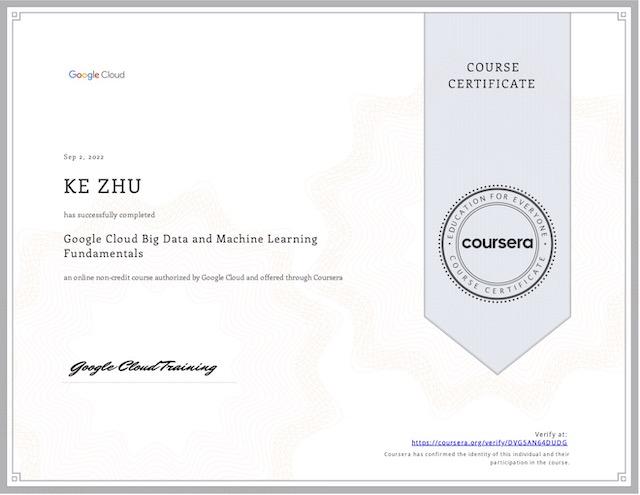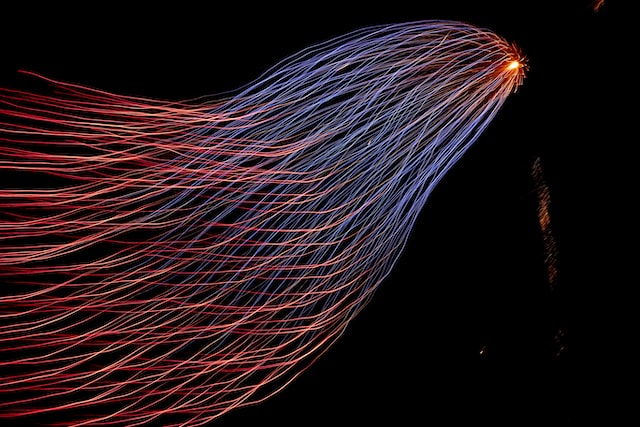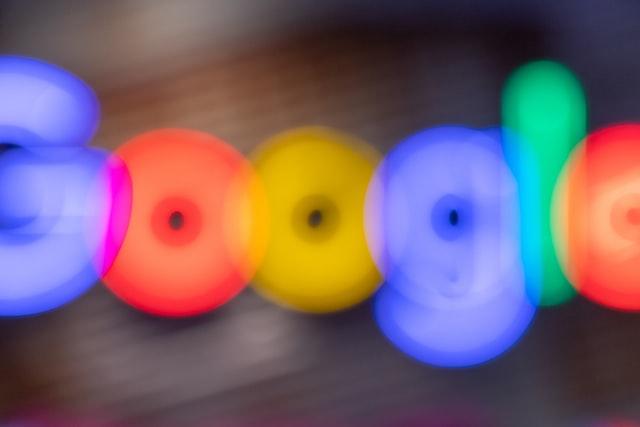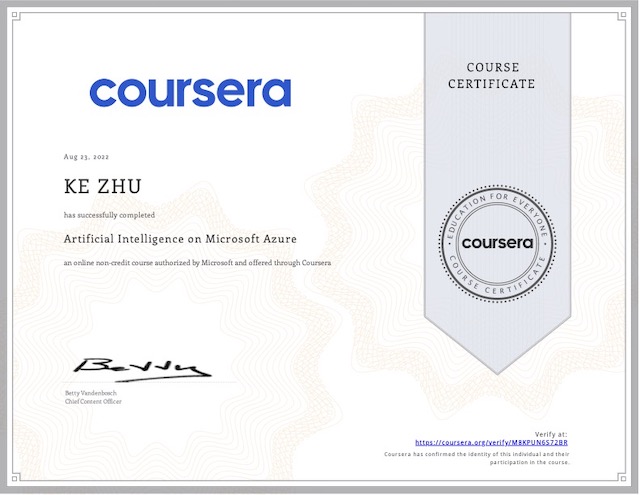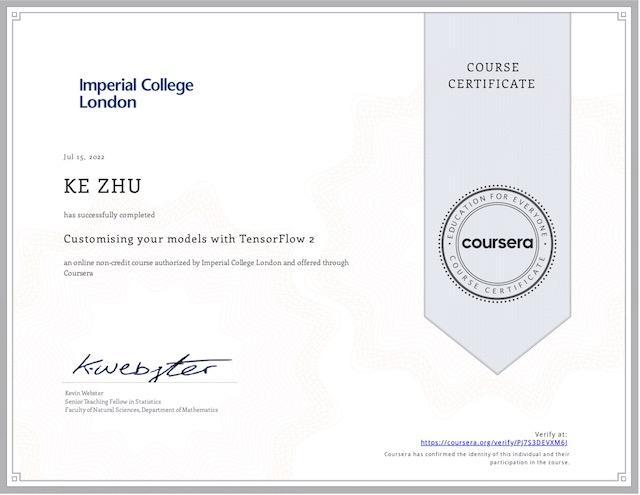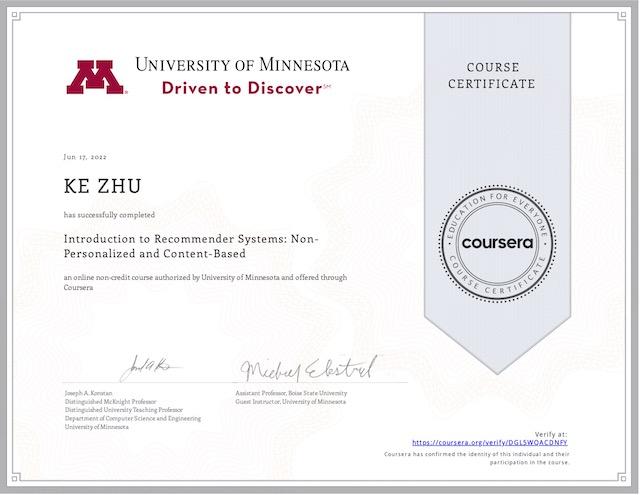Data never actually arrives in the exact perfect form you want it to, so you need data pipeline process to prepare data. There are 3 typical stages in data pipeline: data extraction, data transformation, and data loading, collectively known as ETL. What tools and processes you use in each of these stages and overall, is…
Category: Machine Learning
TensorFlow: Normalizing Flow Models
Generative models are a kind of statistical model that aims to learn the underlying data distribution itself. If a generative model is able to capture the underlying distribution of the data well, then it’s able to produce new instances that could plausibly have come from the same dataset. You could use for anomaly detection, telling you whether a given instance…
My #108 certificate from Coursera
Google Cloud Big Data and Machine Learning FundamentalsGoogle What comes to your mind when you see the words Google and machine learning? I guess many of you will answer TensorFlow, believing that TensorFlow is definitely the jewel in the crown. However this course will introduce you to many other refined gemstones offered by Google. 🙂…
Understanding Your Machine Learning Problems and Data
Recall in a previous course, we have introduced the Machine Learning Process Lifecycle (MLPL), simply put there are four stages: Business Understanding and Problem Discovery Data Acquisition and Understanding ML Modeling and Evaluation Delivery and Acceptance These phases are iterative, you can’t skip ahead. A good, clear problem definition is important. Business Understanding and Problem…
TensorFlow: Probabilistic Deep Learning Models
Unfortunately, deep learning models aren’t always accurate, especially when asked to make predictions on new data points that are dissimilar to the data that they were trained on. The insight here is that it’s important to models to be able to assign higher levels of uncertainty to incorrect predictions. We want our deep learning models to know what they don’t know. The probabilistic…
Google Cloud Big Data and Machine Learning Fundamentals
This course provides an introduction to the tools and technologies Google Cloud offers to work with large data sets and then integrate that data into the artificial intelligence and machine learning lifecycle. Data is the foundation of every application integrated with artificial intelligence. Without data, there is nothing for AI to learn from, no pattern to recognize, and no…
My #105 course certificate from Coursera
Artificial Intelligence on Microsoft AzureMicrosoft It was about 20 year ago, my first certificate in my career life was from Microsoft. I still remember at that time, the courses were all about Windows Server, SQL Server and .NET development, etc. You need to buy thick and good-looking books, usually with 1 or 2 CD-ROMs with…
Distribution Objects in TensorFlow Probability
We’ll be making extensive use of the TensorFlow Probability library to help us develop probabilistic deep learning models. The distribution objects from the library are the vital building blocks because they capture the essential operations on probability distributions. We are going to use them when building probabilistic deep learning models in TensorFlow. Univariate Distributions Within the tfp…
My #99 course certificate from Coursera
Customising Your Models with TensorFlow 2Imperial College London I highly recommend this course to everyone who is willing to be using TensorFlow 2. I have been using TensorFlow for years, but I still learnec a lot from it. One caveat is that this course actually is not an easy one, it won’t teach your what…
Customizing Models, Layers and Training Loops
Subclassing Models The model subclassing and custom layers give you even more control over how the model is constructed, and can be thought of as an even lower level API than the functional API. However with more flexibility comes more opportunity for bugs. In order to use model subclassing, we first import the Model class…
Sequential Data and Recurrent Neural Networks
Sequential data is data that has a natural sequential structure built into it, like text data or audio data. There are various network architectures and layers that we can use to make predictions from sequence data. However sequence data is often unstructured and not as uniform as other datasets. Preprocessing Sequential Data Each sequence example…
My #97 course certificate from Coursera
Introduction to Recommender Systems: Non-Personalized and Content-BasedUniversity of Minnesota In modern society, the recommender systems are everywhere and people even won’t survive without them. There are sorts of companies mining data of your behavior and creating profiles for you. They know you better than you do, and they affect almost all kinds of decisions you…
Content-Based Recommenders
The content-based approaches to recommendation include: Pure information filtering systems build profiles of content preference Case-based reasoning systems ask questions and query database of cases Knowledge-based navigation systems navigate from item to item in a library of exampleswithout necessarily the engineering of questions Generally, these case-based and knowledge-based approaches are helpful for these ephemerally personalized…
Keras and Tensorflow Datasets
Data pipelines are for loading, transforming, and filtering a wide range of different data for use in your models. Broadly speaking there are two ways to handle our data pipeline: These two modules together offer some powerful methods for managing data and building an effective workflow. Keras Datasets The Keras datasets give us a really…
The Keras Functional API
The reason you might want to use the Functional API (instead of the Sequential API) is if you need more flexibility. For example, you are using: multiple inputs and outputs in a multitask learning model, or conditioning variables. complicated non-linear topology with layers feeding to multiple other layers. With the Sequential API, we didn’t have…


